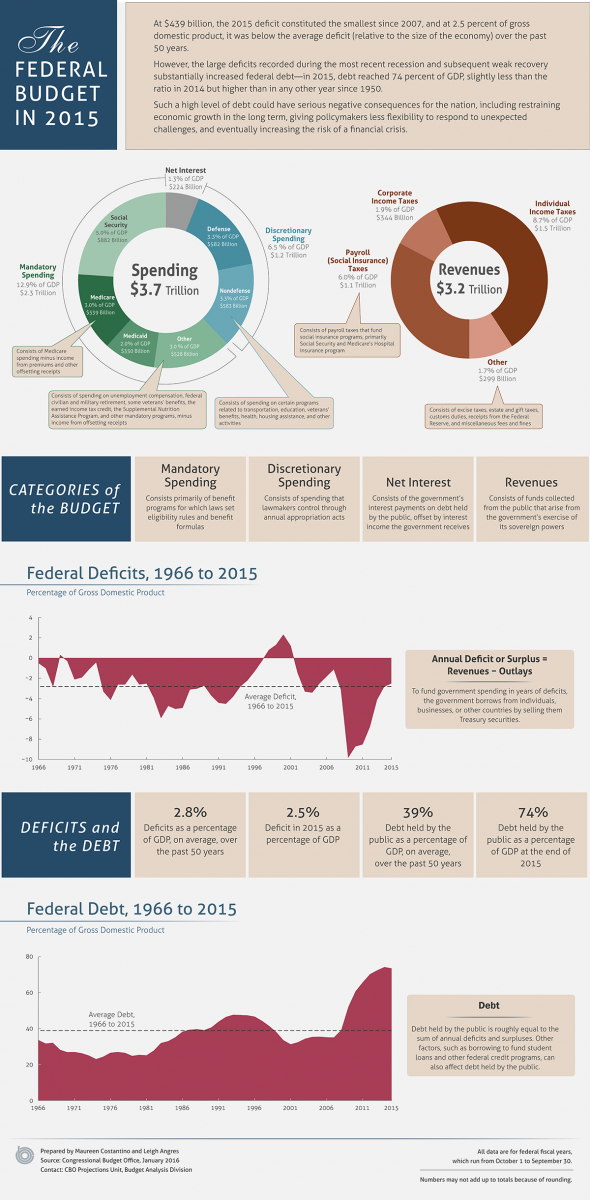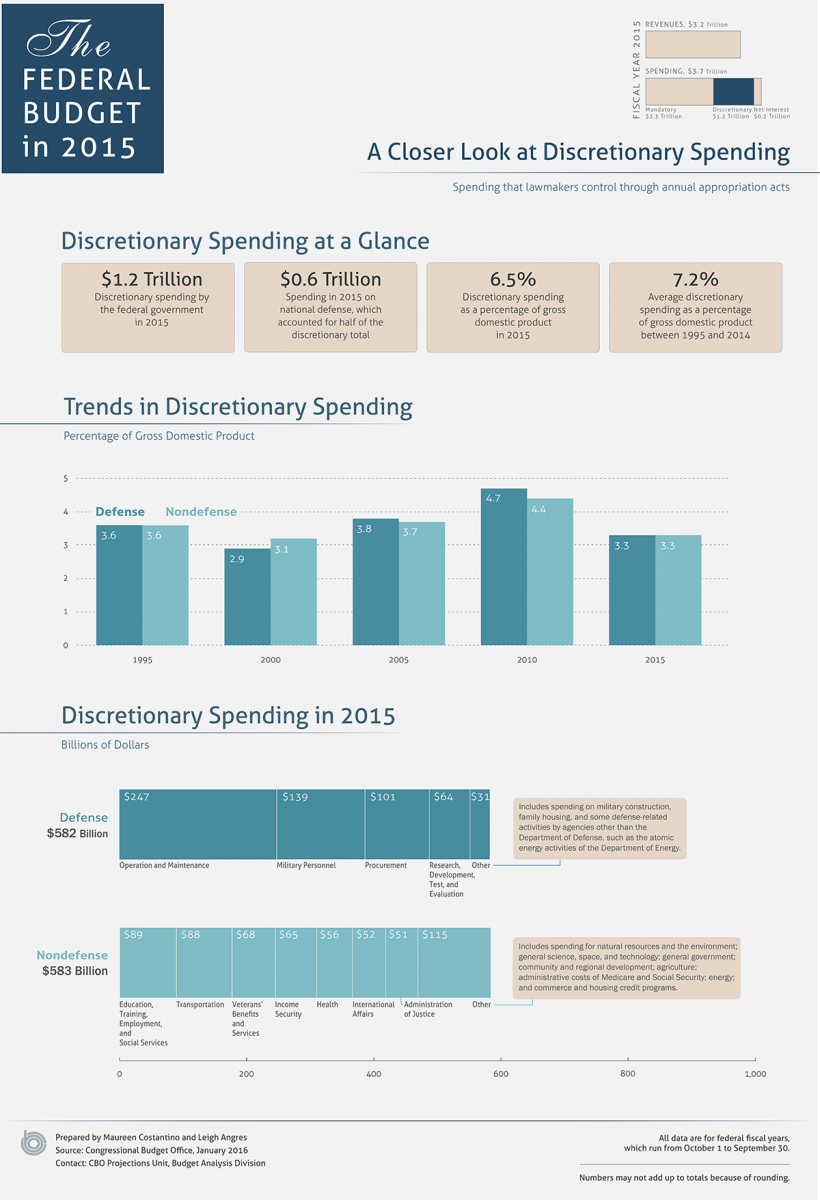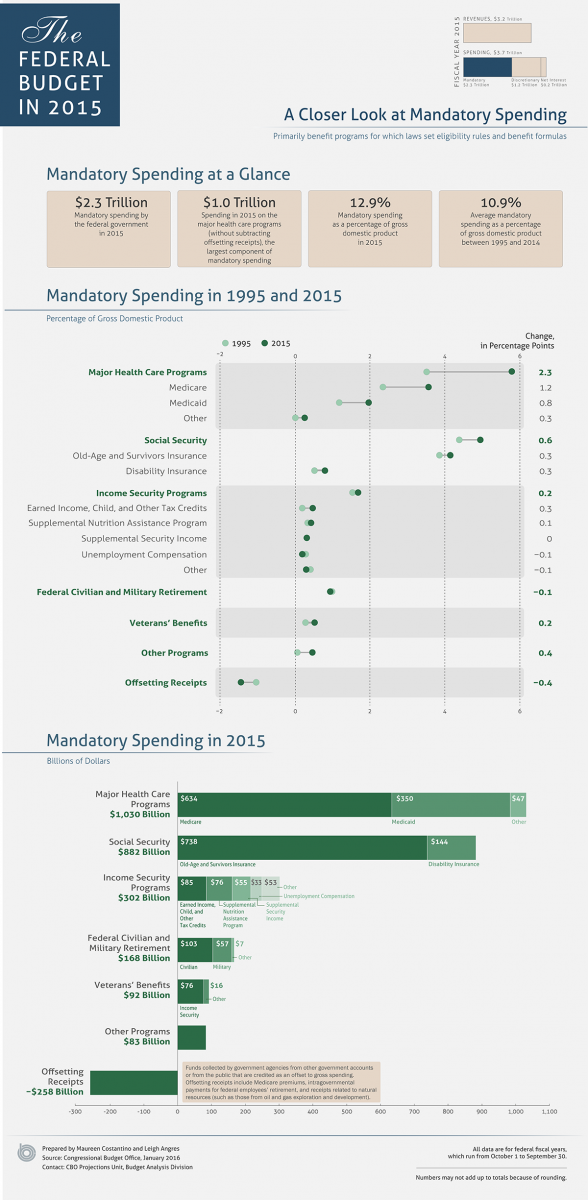[Alternate link: US News https://health.usnews.com/health-news/articles/2016-01-27/small-number-of-doctors-trigger-big-share-of-malpractice-payouts]
Just 1 percent of active U.S. physicians are responsible for nearly a third of the nation's paid malpractice claims, a new study finds.
*** The results suggest it may be possible to identify "claim-prone" physicians and intervene before they encounter additional claims, said study lead author David Studdert, professor of medicine and law at Stanford University in Palo Alto, Calif.*** The most important predictor of a claim appeared to be a physician's past claims history. Compared with doctors with one previous paid claim, those with two paid claims had almost twice the risk of having another. Physicians with three paid claims had three times the risk. Those with six or more had more than 12 times the risk, the study found.




